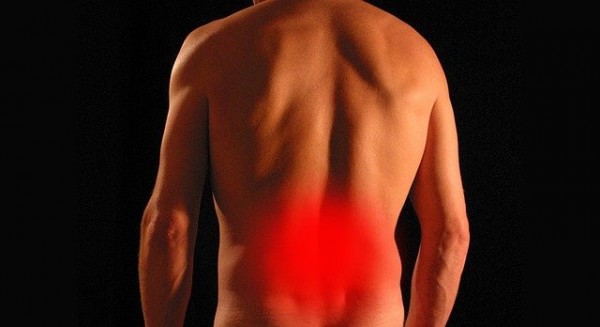Types of Sciatic Nerve Pain
The patient’s pain and specific sciatica symptoms can usually be traced to where the injured/irritated nerve originates in the lower back.
 Sciatica from L4 nerve root Symptoms of sciatica stemming from this level, the L3-L4 level, in the lower spine may include: pain and/or numbness to the lower leg and foot; weakness may include the inability to bring the foot upwards (heel walk). A problem at this level of the spine is most likely to result in pain and possibly neurological symptoms that are felt in the front of the thigh, and possibly the front of the knee, shin, and foot. These symptoms are different from symptoms at the L4-L5 or L5-S1 levels. Involvement at the lower levels of the spine is more likely to cause pain, tingling, or weakness on the outside or sole of the foot.
Sciatica from L4 nerve root Symptoms of sciatica stemming from this level, the L3-L4 level, in the lower spine may include: pain and/or numbness to the lower leg and foot; weakness may include the inability to bring the foot upwards (heel walk). A problem at this level of the spine is most likely to result in pain and possibly neurological symptoms that are felt in the front of the thigh, and possibly the front of the knee, shin, and foot. These symptoms are different from symptoms at the L4-L5 or L5-S1 levels. Involvement at the lower levels of the spine is more likely to cause pain, tingling, or weakness on the outside or sole of the foot.
The lower the position of a vertebra in the lumbar spine, the more weight it will hold. The more weight a vertebra supports, the more potential for injury. While the L3-L4 segment is less likely to be damaged than L4-L5 below it, it can still sustain damage easily from either impact injury or natural degeneration.
Pain in the L3-L4 segment can commonly arise from:
- The disc can become herniated which may press against the nerve and frequently cause pain.
- The facet joints of the segment can become enlarged, narrowing the open spaces of the spine (stenosis) and compressing spinal nerve roots.
- The disc can degenerate naturally over time. The disc loses height or is said to be a narrowing of the disc space. This can change the motion of the disc and usually results in stiffness and possibly tingling or pain in the leg.
Common lower back problems that cause pain in segment L3-L4 include disc herniation, degenerative disc disease, spondylolisthesis, osteoarthritis, stenosis.
Sciatica from L5 nerve root If the L4-L5 segment is affected, the patient may have weakness in extension of the big toe and potentially in the ankle called foot drop.
What is Foot Drop?
Foot drop, or drop foot as it may also be called, refers to a weakening of the muscles that flex the ankle and toes. This causes the individual to drag the front of the foot while walking. They compensate for this scuffle by bending the knee to lift the foot higher than usual.
A quick way to test for foot drop is to try to walk on your heels. If this proves difficult, a foot drop may be present.
While foot drop is a neuromuscular disorder (affects the nerves and muscles), it is not actually a disease in itself. It is a symptom of some other medical problem, possibly in the low back. The possibility that foot drop could result from a condition in the low back may be overlooked. However, it is important to properly evaluate in order to address appropriate foot drop treatment.
Foot drop can produce many difficulties, including the inability to:
- Raise the foot at the ankle
- Point the toes upward at the body (this movement is known as dorsiflexion)
- Walk normally in the heel-to-toe fashion.
